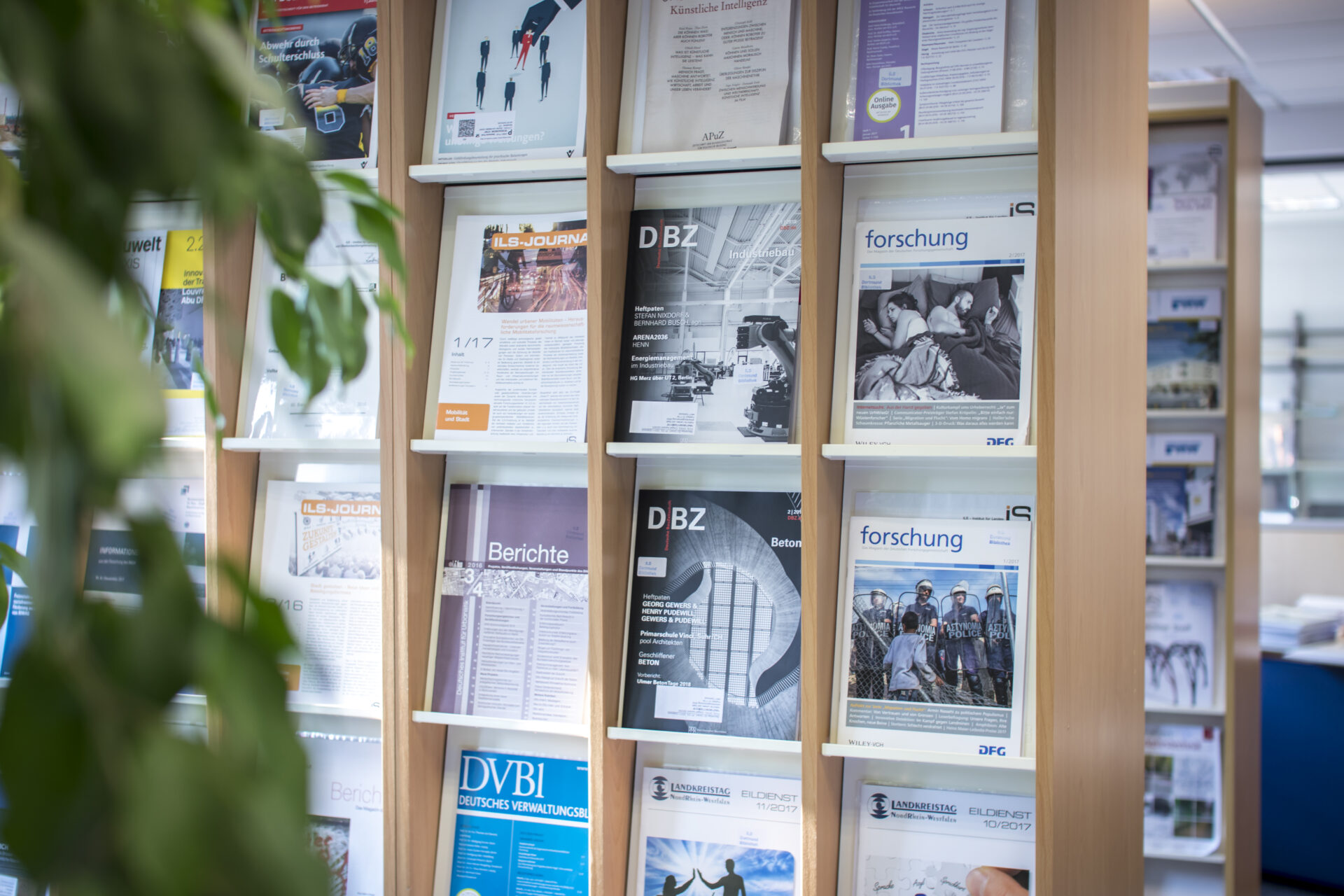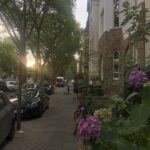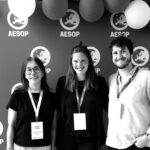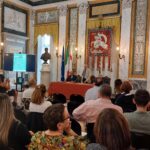We have just published a journal paper, entitled “Determinants and effects of perceived walkability: a literature review, conceptual model and research agenda“. This first WalkUrban paper discusses perceived walkability and forms the basis for developing our conceptual framework and research methods. The paper is published open access in Transport Review, and can be downloaded here.
De Vos, Jonas; Lättman, Katrin; van der Vlugt, Anna-Lena; Welsch, Janina; Otsuka, Noriko (2022): Determinants and effects of perceived walkability: a literature review, conceptual model and research agenda. In: Transport Reviews, S. 1–22. DOI: 10.1080/01441647.2022.2101072.
Abstract: For decades, accessibility – i.e. the ease of reaching destinations – has been an important concept in transport planning, resulting in many studies trying to measure it and put it into practice. Also walkability, a mode-specific type of accessibility referring to how easy it is to walk (to destinations) received increased attention in the last two decades. In recent years, a new focus has been on how people perceive their accessibility as this may be a stronger predictor of travel behaviour than objective elements of accessibility (such as built environment characteristics). Perceived walkability, i.e. how walk-friendly people experience a certain area, however, has only been explored by a limited number of studies. In this review paper, we give an overview of existing studies analysing perceived walkability, which mostly have focused on its effects on walking frequency/duration, physical activity and various aspects of mental well-being. Based on this literature review, a conceptual model is created, emphasising the determinants and effects of perceived walkability and how it is related to objective walkability. We end this paper by providing avenues for further research, including the introduction of a Short Perceived Walkability Scale (SPWS) and recommendations for data collection and analysis. Doing so can create new insights into perceived walkability and links with related elements, and therefore can contribute to stimulating walking trips and improving the experience of these trips.
Photo © ILS Roland Fechter




